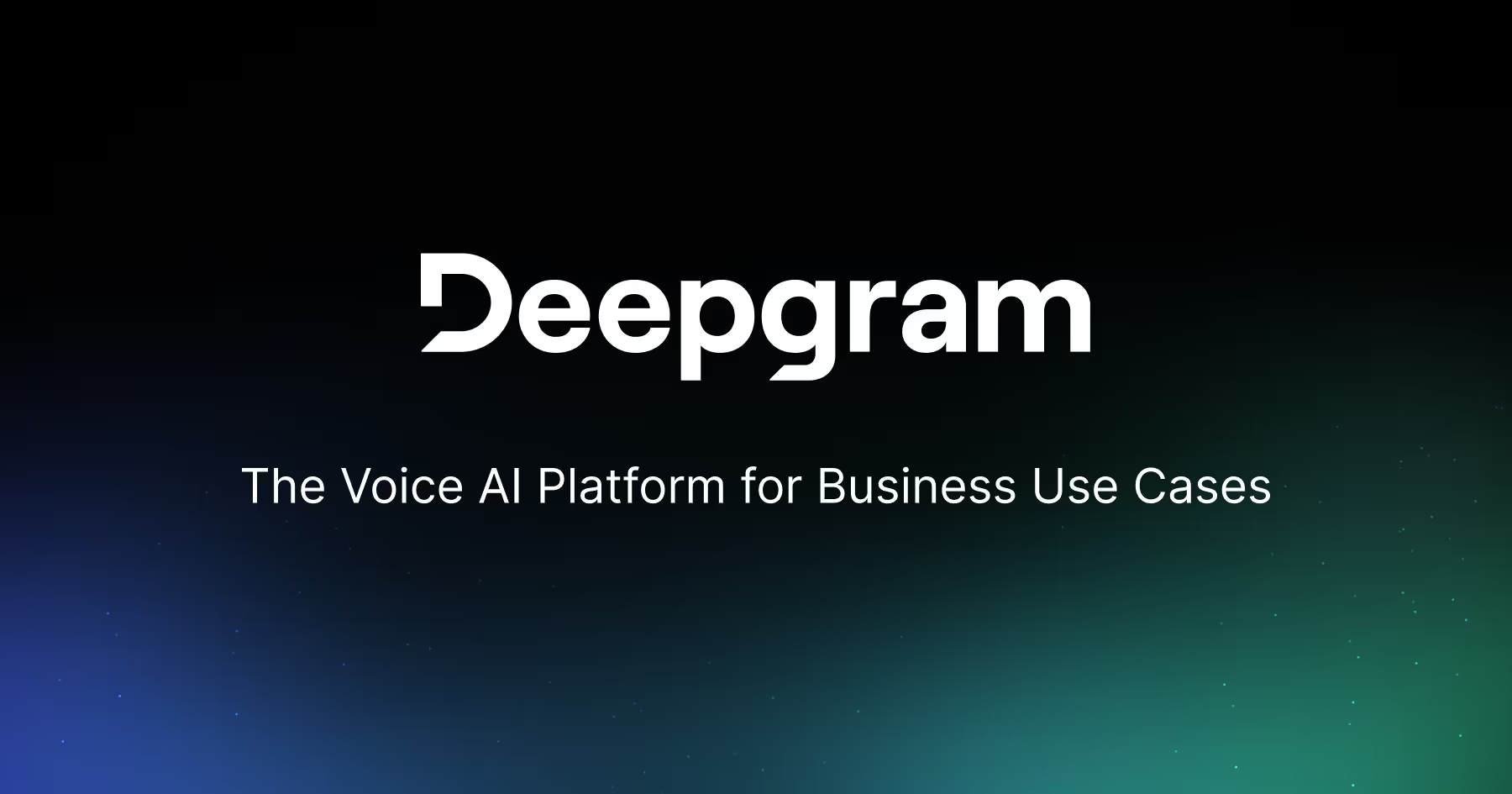
Deepgram envisions a world where human-to-machine communication is seamless, natural, and deeply intuitive, transforming the way businesses and individuals interact through voice technology. Our mission is to place voice at the heart of AI experiences, enabling machines to understand and engage with human language at an unprecedented level of accuracy and contextual awareness.
By harnessing cutting-edge end-to-end deep learning and pioneering conversational speech recognition, we are crafting scalable and adaptable voice AI solutions that meet the complexity and nuance of real-world applications. We are building a future where voice AI is not merely functional but a foundational technology that empowers enterprises and developers to rethink communication, drive efficiency, and unlock new realms of possibility.
Through strategic collaborations and a relentless focus on innovation, Deepgram stands at the forefront of voice AI evolution, committed to delivering technology that continually learns, improves, and expands the capacity of machines to listen, understand, and respond authentically.
Our Review
We've been watching Deepgram for a while now, and honestly, their origin story alone had us hooked. Three physicists who were literally hunting for dark matter ended up building one of the most impressive voice AI platforms we've seen. That's not your typical Silicon Valley pivot story.
What started as a way to analyze audio recordings from a dark matter detector has evolved into a company that's processing over 50,000 years of audio data. Sometimes the best tech comes from the most unexpected places.
The Tech That Actually Works
Here's what caught our attention: Deepgram doesn't just do speech-to-text—they've built an entire voice AI ecosystem. Their new Flux model for conversational speech recognition is particularly clever, with something they call "turn-taking intelligence" that actually understands when people are finishing their thoughts in real conversations.
We tested their Aura-2 text-to-speech, and it's genuinely hard to tell it's synthetic. That's probably why it just won a 2025 Contact Center Technology Award. The quality is there, but more importantly, the pricing makes sense for enterprise deployments.
Built for Scale, Not Just Demos
What impressed us most is how seriously they take enterprise deployment. Their AWS integration isn't just a checkbox—it's deep, supporting everything from Amazon Connect to SageMaker. When a Fortune 20 healthcare company trusts you with their voice data, you're doing something right.
The fact that they're cash-flow positive with 400+ enterprise customers tells us this isn't just another AI hype play. They've figured out how to make money while scaling, which is rarer than you'd think in this space.
Who Should Pay Attention
If you're building anything that involves voice—contact centers, conversational AI, voice analytics—Deepgram deserves a serious look. Their end-to-end deep learning approach means their models actually get smarter over time, rather than just being static rule-based systems.
We're particularly excited about their Voice Agent API for developers who want to build real-time conversational experiences. The combination of ultra-low latency and conversation awareness could be a game-changer for anyone building voice-first products.
High-accuracy, low-latency speech-to-text transcription
Text-to-Speech with enterprise-grade quality (Aura-2)
Voice Agent API for real-time conversational AI agents
Conversational Speech Recognition with turn-taking and context-awareness (Flux model)
Scalable, secure, and compliant enterprise infrastructure integrated with AWS
FAQs
Head of Developer & PLG Marketing

Backend Engineer- Internal Developer Platform

Platform Engineer – AI/ML Infrastructure
Engineering Manager, Developer Relations (DevRel)








